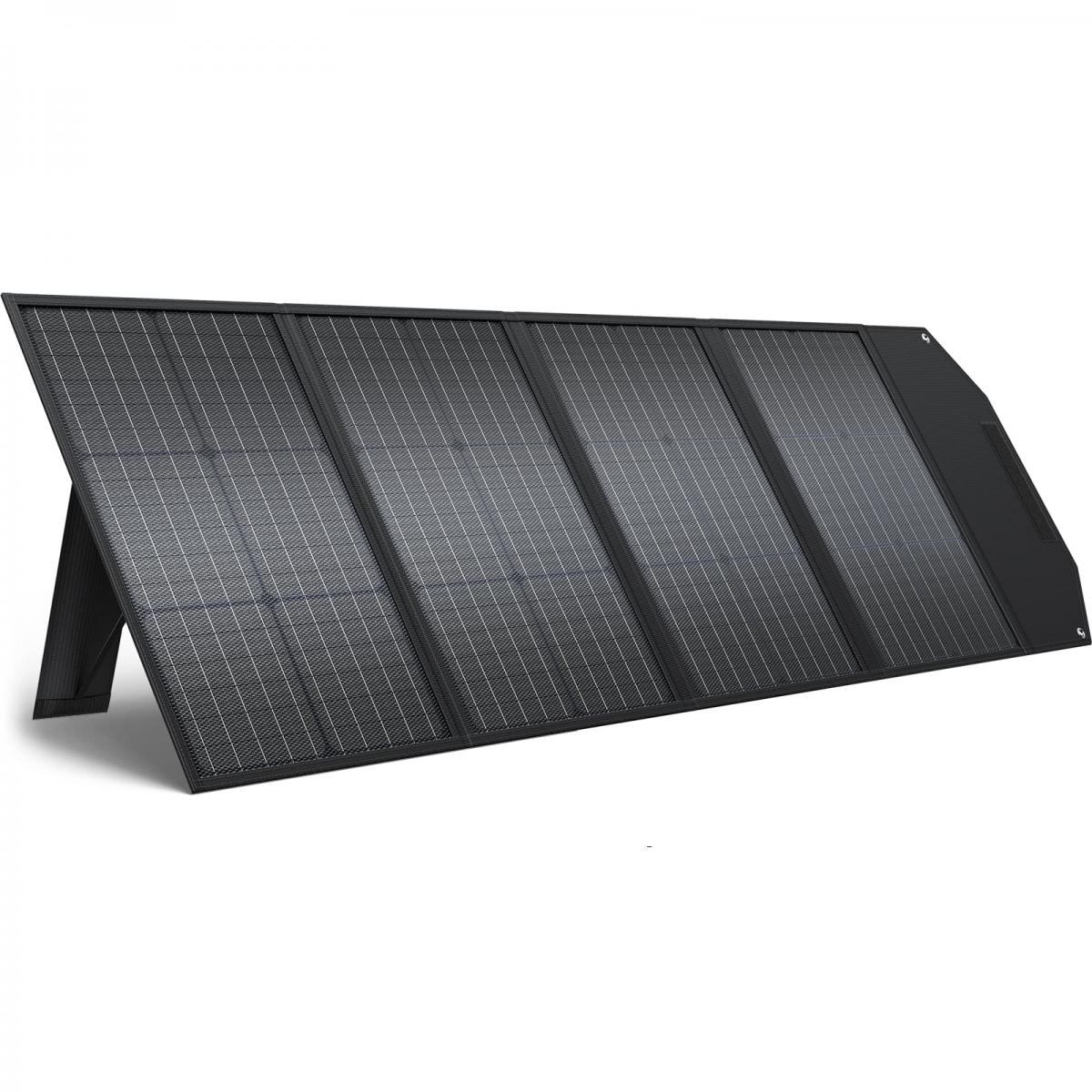How Much Does It Cost Install Solar Panels?
As the world increasingly shifts towards renewable energy sources, solar power has emerged as a leading contender in the quest for sustainable energy solutions. One of the most common questions homeowners and businesses alike have is: "How much does it cost to install solar panels?" This article aims to provide a detailed breakdown of the costs associated with solar panel installation, helping you make an informed decision.

Understanding the Basics
Before diving into the costs, it's essential to understand what solar panel installation entails. The process involves several components, including the solar panels themselves, inverters, mounting hardware, and sometimes batteries for energy storage. Additionally, labor costs for installation and potential expenses for permits and inspections must be considered.
Factors Influencing the Cost
1. System Size and Capacity
- The size of the solar panel system, measured in kilowatts (kW), is one of the most significant factors affecting the overall cost. Larger systems generate more electricity but come with higher upfront costs.
- On average, residential solar panel systems range from 3 kW to 10 kW. Commercial systems can be much larger, depending on the energy needs of the business.
2. Type of Solar Panels
- There are different types of solar panels, including monocrystalline, polycrystalline, and thin-film panels. Monocrystalline panels are generally more efficient but also more expensive. Polycrystalline panels are less efficient but more affordable, while thin-film panels are typically used for specific applications and can vary in cost.
3. Installation Complexity
- The complexity of the installation can significantly impact labor costs. Factors such as roof type, angle, and accessibility can either simplify or complicate the installation process.
- Ground-mounted systems may require additional hardware and labor, increasing the overall cost.
4. Location
- Geographic location plays a crucial role in determining the cost of solar panel installation. Areas with higher labor costs or stricter permitting requirements will see higher installation expenses.
- Additionally, the amount of sunlight an area receives can influence the efficiency and, consequently, the size of the system needed.
5. Incentives and Rebates
- Various federal, state, and local incentives can significantly reduce the net cost of installing solar panels. The Federal Investment Tax Credit (ITC) allows homeowners to deduct a percentage of the installation cost from their federal taxes.
- State and local rebates, as well as performance-based incentives, can further lower the overall expense.
Cost Breakdown
To provide a clearer picture, let's break down the typical costs associated with installing a solar panel system:
1. Solar Panels
- The cost of solar panels can range from $0.50 to $1.00 per watt. For a 6 kW system, this translates to $3,000 to $6,000.
2. Inverters
- Inverters, which convert the direct current (DC) produced by the panels into alternating current (AC) used by your home, typically cost between $1,000 and $2,000 for a residential system.
3. Mounting Hardware
- The hardware needed to mount the panels on your roof or the ground can cost between $500 and $1,000.
4. Labor
- Labor costs for installation can vary widely but generally range from $3,000 to $5,000 for a residential system.
5. Permits and Inspections
- Permitting and inspection fees can add another $500 to $1,000 to the total cost.
6. Additional Costs
- If you opt for a battery storage system, this can add anywhere from $5,000 to $7,000 to the overall cost.
Total Cost Estimate
Taking all these factors into account, the total cost for installing a residential solar panel system can range from $10,000 to $30,000 before incentives and rebates. After applying federal and state incentives, the net cost can be significantly lower.
Financing Options
Given the substantial upfront costs, many homeowners and businesses explore various financing options to make solar panel installation more affordable:
1. Solar Loans
- Many financial institutions offer loans specifically for solar panel installations. These loans can spread the cost over several years, making the investment more manageable.
2. Leasing
- Solar leasing allows you to rent the solar panel system from a provider. While this option reduces upfront costs, it also means you won't own the system and may not benefit from all available incentives.
3. Power Purchase Agreements (PPAs)
- With a PPA, you agree to purchase the electricity generated by the solar panels at a predetermined rate. This option can also reduce upfront costs but, like leasing, means you won't own the system.
Long-Term Savings
While the initial investment in solar panels can be significant, the long-term savings on energy bills can make it a worthwhile endeavor. On average, homeowners can save between $10,000 and $30,000 over the lifetime of the system, depending on their location and energy consumption.
Environmental Impact
Beyond the financial benefits, installing solar panels has a positive environmental impact. Solar energy is a clean, renewable resource that reduces greenhouse gas emissions and dependence on fossil fuels. By investing in solar panels, you're contributing to a more sustainable future.
The cost of installing solar panels can vary widely based on several factors, including system size, type of panels, installation complexity, location, and available incentives. While the upfront investment can be substantial, various financing options and long-term savings make solar panels an attractive option for many homeowners and businesses. Additionally, the positive environmental impact of solar energy cannot be overstated. By understanding the costs and benefits, you can make an informed decision that aligns with your financial and environmental goals.
